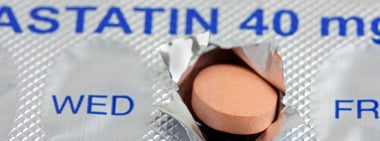What You Need to Know About Medications and Sun Sensitivity
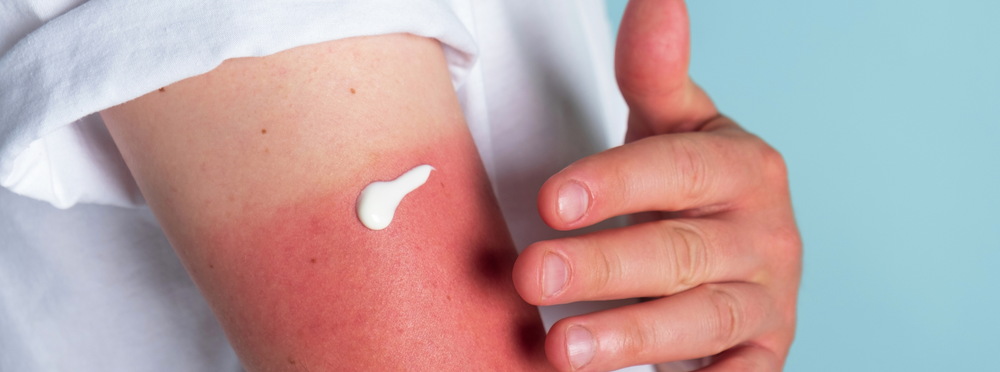
Summer is here, and with it comes the irresistible pull of outdoor activities, beach vacations, and backyard barbecues. But if you're taking certain medications, that seemingly harmless afternoon in the sun could leave you with more than just a tan. As a cardiologist who has seen patients surprised by unexpected skin reactions, I want to make sure you know about a side effect that often catches people off guard: photosensitivity.
What Is Photosensitivity?
Photosensitivity refers to exaggerated skin sensitivity to light, especially one caused by ultraviolet (UV) light from the sun - and certain medications can elicit a photosensitivity reaction. Although photosensitivity can manifest as just an easier tendency to burn, the reaction can be independent of actually burning your skin.
There are two main types of photosensitive reactions. “Photoallergy” is an allergic reaction of the skin and may not occur until several days after sun exposure. “Phototoxicity,” which is more common, is an irritation of the skin and can occur within a few hours of sun exposure. Either way, it's not pleasant, and it's completely preventable if you know what to look for.
Common Medications That Increase Sun Sensitivity
The list of medications that can cause photosensitivity might surprise you. Many are drugs that people take daily without giving sun exposure a second thought. Here are the main categories:
-
Antibiotics are frequent culprits. If you're taking ciprofloxacin, doxycycline, or tetracycline for an infection, you need to be extra careful in the sun.
-
Blood pressure medications, particularly thiazide diuretics like hydrochlorothiazide, are among the most common causes of photosensitivity reactions. Calcium channel blockers, specifically amlodipine and nifedipine, can also rarely cause photosensitivity.
-
Antiarrhythmics, especially amiodarone. This is a powerful rhythm modulating medication that some people require, especially if they are at risk of life threatening rhythm abnormalities.
-
Cholesterol-lowering medications like simvastatin and atorvastatin can also increase sun sensitivity.
-
Over-the-counter medications aren't exempt either. Common pain relievers like ibuprofen and naproxen, as well as antihistamines like Benadryl, can all increase your risk of photosensitive reactions.
How to Protect Yourself
The good news is that photosensitivity is entirely preventable. You don't need to become a hermit or stop taking important medications. You just need to be smart about sun protection.
-
Timing matters. When outside, seek shade, especially between 10 a.m. and 2 p.m. This is when UV radiation is strongest, and your risk of reaction is highest.
-
Cover up strategically. Wear long-sleeved shirts, pants, sunglasses, and broad-brimmed hats to limit sun exposure. I know this might seem excessive for a quick trip to the mailbox, but if you're on a photosensitizing medication, even brief exposure can cause problems.
-
Choose your sunscreen wisely. Use a broad sunscreen regularly and as directed. Broad-spectrum sunscreens provide protection against ultraviolet A (UVA) and ultraviolet B (UVB) radiation. An SPF 15 is the minimum number needed to provide measurable protection; however, a sunscreen with an SPF value of 30 or higher is recommended. I routinely use an SPF 50 sunscreen.
When to Talk to Your Doctor
If you're experiencing unusual skin reactions after sun exposure, don't ignore them. Some people assume they just have sensitive skin or that they're getting older and burning more easily. But if you've started a new medication and notice changes in how your skin responds to sun, that's worth discussing with your healthcare provider.
This is particularly important for cardiac patients. Many people think they need to choose between heart health and enjoying outdoor activities, but that's not the case. We can almost always find ways to keep you protected while maintaining your quality of life.
The Bottom Line
Medications save lives every day. The blood pressure medication that might make you more sun-sensitive is also protecting you from heart attacks and strokes. The antibiotic that requires extra sun precautions is clearing a serious infection. Don't let concerns about photosensitivity keep you from taking the medications you need.
Instead, be prepared. Know what medications you're taking, understand their potential side effects, and take appropriate precautions. A little planning can help you enjoy the sun safely while staying healthy.
About Step One Foods
Step One Foods offers convenient, scientifically-formulated foods clinically validated to rapidly reduce cholesterol and improve cardiometabolic health. Real food. Real results. Unapologetically delicious. Learn more at steponefoods.com.
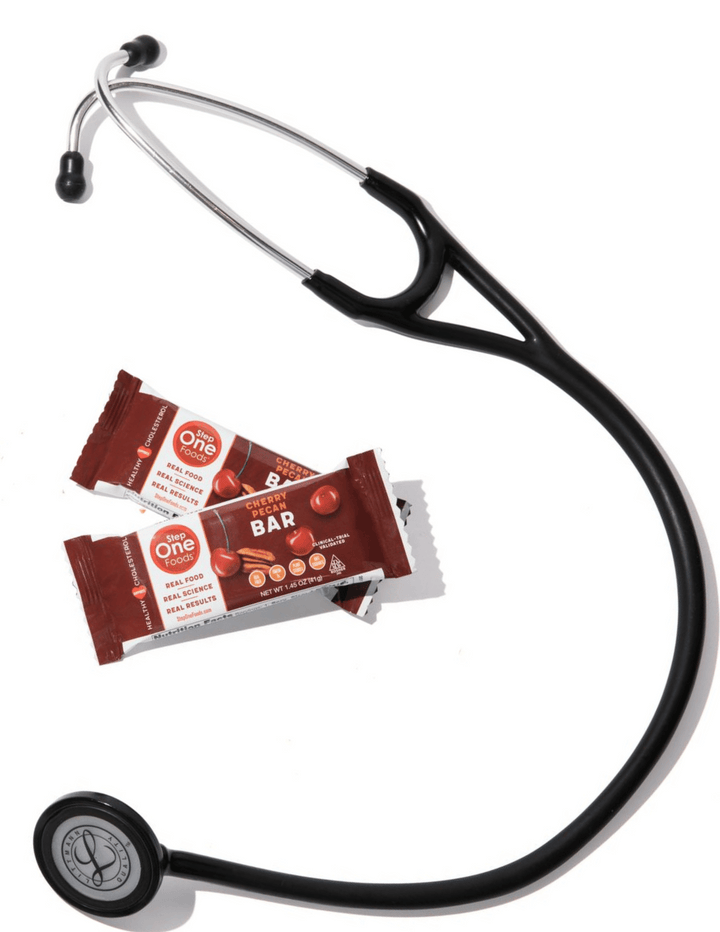
Tested & Proven Results.
- Cardiologist formulated
- Supported by over 500 publications
- Clinically-proven, in a double-blind randomized trial with Mayo Clinic and The University of Manitoba
80% of participants lowered their cholesterol in just 30 days. With just two servings per day, Step One Foods offers a proven-effective way to naturally lower LDL (bad) cholesterol.
Get heart health tips and articles like this, delivered right to your email.
New articles every week.
You may also like...
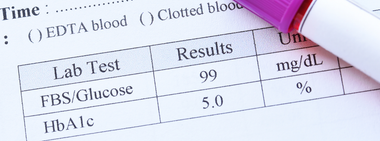
Insulin Resistance, Prediabetes and Type 2 Diabetes. Part 1: Defining the Problem
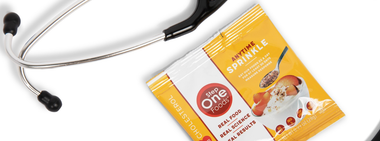
The 95% Problem: Is Your Doctor Missing the Fastest Way to Lower Cholesterol?

You don’t need to avoid foods with cholesterol…except for these
